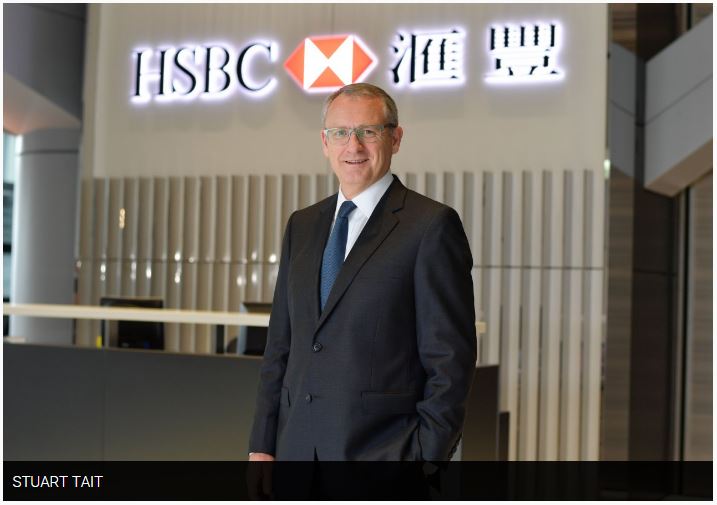Asean needs to act now for the biggest shift in supply chains
GLOBAL trade tensions continue to dominate this year’s headlines and the shift of production to efficient Asean countries is accelerating.
Asean businesses are clearly paying attention and are making incremental changes to their supply chains, but is the pace of change fast enough?
HSBC’s global Navigator survey – which was launched this week and included the views of more than 8,500 corporates (1,000 in Asean) – finds Southeast Asia as the most trade-positive region in the world.
Moreover, Navigator reveals that business decision-makers in Asean view the global shift towards protectionism as increasing the value of their business.
Being positive towards both trade and protectionism seems a little counter-intuitive at first glance.
But dig a little deeper and it is clear that businesses are shrewdly seeing and capitalising on the opportunity amid the emerging trade disruption.
Shifts in production to Asean can – and are – happening quickly.
Thailand and Malaysia already have existing production networks in electronics, especially in hard disk drive (HDD) assembly. Thailand exports about the same amount of finished storage units to the US as does China. Given Asean’s existing capacity, it makes increasing sense to shift assembly to Southeast Asia, especially now that Chinese shipment of HDDs from the US are subject to at least a 10 per cent tariff, making the move to Asean markets all the more |compelling.
Singapore, the Philippines and Vietnam also produce a variety of electronic components, while Vietnam and Indonesia have become increasingly competitive in light manufacturing and textile exports.
Investment data already show an increased shift to Asean. Vietnam’s inbound manufacturing investment has grown by 18 per cent this year, while Thailand and the Philippines have both experienced a significant increase in net FDI. Meanwhile Harley Davidson, Panasonic and Steve Madden have all said they will relocate production to the region.
But while there are immediate opportunities, supply chain networks aren’t linear, rather they are an ecosystem. So, it’s not as straightforward as a multinational corporation shifting production to an idle factory.
Businesses first need to take a view on the overall impact of tariffs on Chinese goods.
Factors including labour costs, shipping costs, and regulations need to be weighed to determine whether additional capacity will be built.
This has implications for Asean as a region and for individual suppliers.
For Asean, an increase in HDD exports is definitely welcome. But countries like Thailand and Malaysia need to move further up the electronics supply chain into higher value-add semiconductor fabrication, particularly of more advanced memory chips, to stay competitive.
This will require nations and businesses to invest in infrastructure, new facilities and the training of skilled workers. Economies that can improve the quality of their exports, and have more room for reallocation and further upgrading, stand a higher chance in capturing supply chain opportunities.
At an individual business level, suppliers across Asean need to accelerate the adoption of new technologies such as automation and robotics, perhaps even running smart warehouses. This can help enable an uptick in production capacity to meet global demands, increasing production efficiency and in-time delivery.
This is top of mind for Asean businesses. According to HSBC Navigator, increasing the use of technology is the top change planned for the region’s supply chains in the next three years. While we’re hopeful of a resolution to the ongoing trade tensions, Asean businesses should prepare for them to remain over the medium term.
Management teams that are considering shifting supply chains to Asean will be asking themselves many questions: Is there production capacity? How are these plants receiving raw materials? Do they have sufficient people skills? Should they add capacity or expand plants? Technology will be key to increasing Asean’s competitiveness and appeal.
When looked against the broader macro-economic backdrop of trade tensions, the prospects for Asean’s supply chain ecosystem are bright.
But the potential opportunities from heightened trade tensions are not a meal ticket that Asean businesses simply have to queue up for to enjoy. Shifting supply chains on a large scale requires collective effort to build up company and regional capacity. And Asean businesses need to act now.
Contributed by STUART TAIT, regional head of commercial banking/Asia Pacific, HSBC
Source: http://www.nationmultimedia.com/detail/Economy/30358543


 Thailand
Thailand




